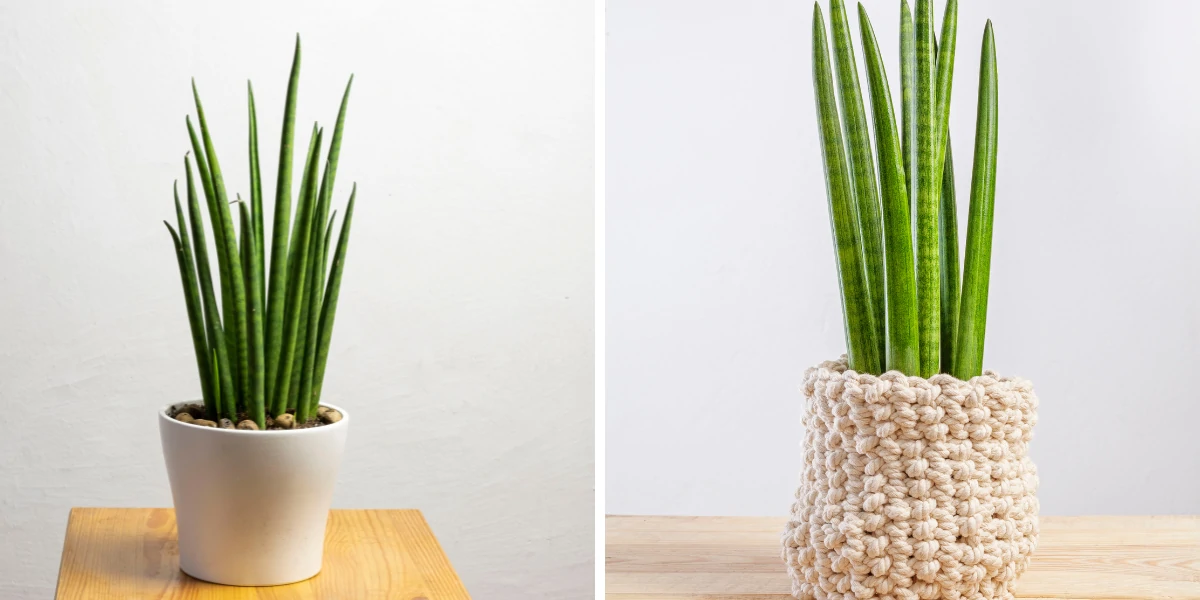The uniquely shaped starfish plant (sansevieria cylindrica), also known as the African spear plant, is an intriguing succulent known for its cylindrical leaves that fan out in a star shape. Native to Angola, this hardy plant is easy to grow both indoors and outdoors across most of India.
With the right starfish plant care techniques for sunlight, water, soil and climate conditions, these starfish succulents make excellent houseplants and garden accents. Their minimal needs, exotic look and longevity make them popular with collectors and beginners alike.
| Common Names | African spear plant, cylindrical snake plant, spear sansevieria |
| Botanical Name | Dracaena angolensis (formerly Sansevieria cylindrical) |
| Family | Dracaena |
| Plant Type | Succulent |
| Mature Size | 4–6 ft. tall, 1–2 ft. wide |
| Sun Exposure | Full, partial |
| Soil Type | Sandy, well-drained |
| Soil pH | Neutral |
| Bloom Time | Sporadic |
| Flower Color | White |
| Hardiness Zones | 10–11 (USDA) |
| Native Area | Africa |
| Toxicity | Toxic to pets2 |
Ideal Growing Conditions for Starfish Plant
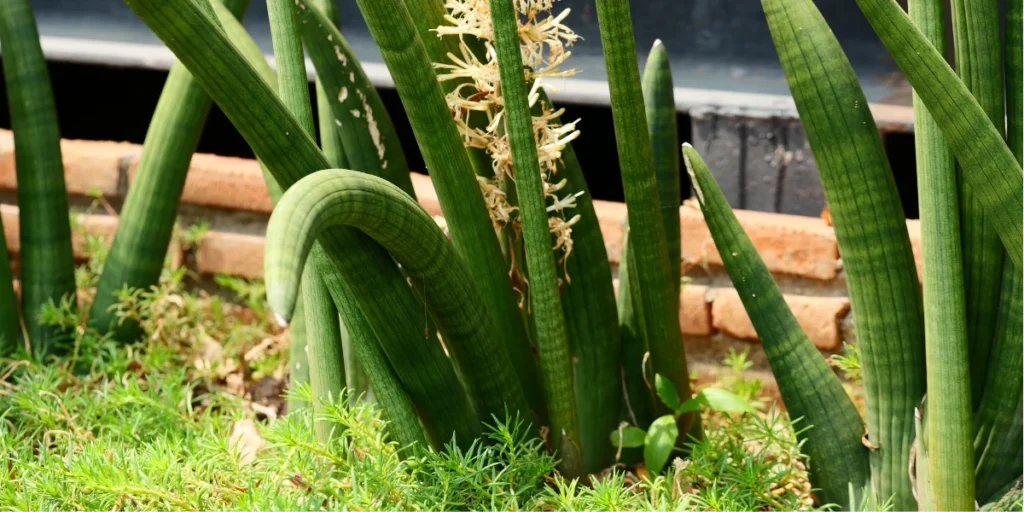
Providing the appropriate growing environment is key to successfully raising a healthy starfish sansevieria. Let’s look at some of the main factors.
Sunlight Requirements
Starfish plants thrive best in bright, indirect light or a few hours of morning sunlight. Too much intense light will fade the foliage and scorch the tips. Sheltered outdoor areas work well, but avoid hot afternoon sun.
If growing a starfish snake plant indoors, situate in a south or west-facing window. Rotate periodically so all sides get light. Supplement with a grow light in darker rooms. Signs of insufficient light are elongated, drooping leaves.
Best Soils for Potting
These succulents prefer a loose, fast-draining soil mix amended with extra perlite or pumice. Good drainage is imperative to prevent root rot. Commercial cactus and succulent soil blends work well. Or make your own mix using equal parts potting soil, perlite and bark/compost.
Soil should be slightly acidic to neutral, with a pH around 6-7. Standard potting mixes tend to be too dense and moisture-retentive for sansevieria plants. Add sand or gravel to improve aeration and permeability.
Water Needs
Allow the potting medium to dry out some between waterings, then soak thoroughly. As a native desert dweller, excessive moisture is the enemy of starfish aloe plants. Still, don’t let them completely dry out for extended periods.
Aim for a general schedule of watering every 2-3 weeks in summer and once a month in winter. Adjust as needed based on your environment, pot size, plant size, etc. Soil should be partly dry several inches down before rewatering. Good drainage is key!
Ideal Temperature & Humidity
These succulents do best with average room temperatures between 65-80°F (18-27°C). Keep away from cold drafts. They can tolerate slightly warmer and cooler extremes, but growth slows outside that range.
Humidity is not a huge factor, though 40-60% RH is ideal. Just avoid excessively dry or humid conditions. Provide good air circulation around plants.
Learn how to care Adulsa Plant here
How to Plant Starfish Plant Cuttings
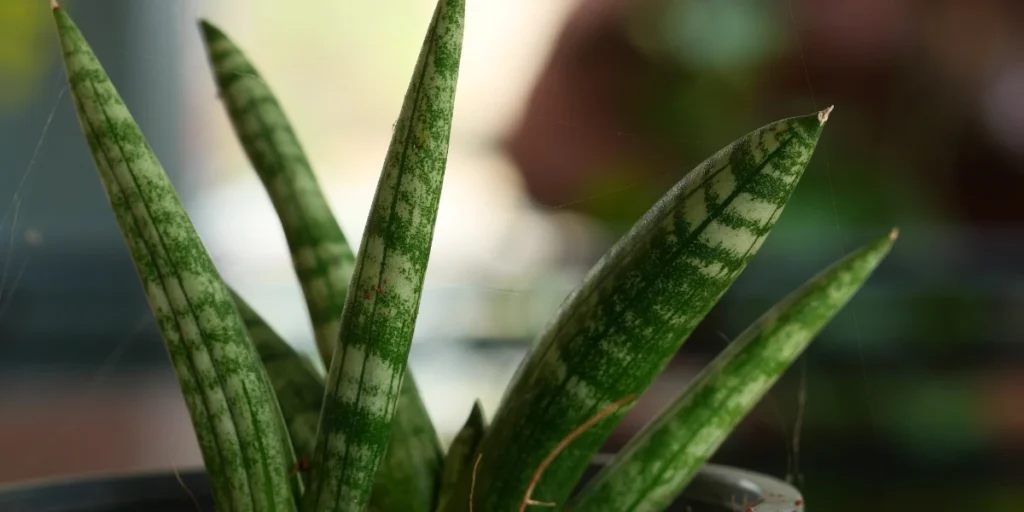
Adding new starfish plants to your indoor or outdoor garden is easy by rooting tip cuttings. Follow these simple steps:
Prepare Cuttings
Take 5-6 inch stem-tip cuttings in spring using clean shears. Allow cuts to callous overnight before planting. Remove lower leaves leaving just the top few.
Dip cut end in rooting hormone (optional). Allow to dry before inserting into soil.
Plant in Well-draining Potting Mix
Fill small pots with cactus/succulent mix leaving 1 inch at top. Make a hole and insert each cutting to about half its length. Gently firm soil around stem.
Water Lightly & Place in Warm, Sunny Spot
Mist cuttings then place pots in bright location out of direct sun. Keep soil slightly moist but not soggy until new growth emerges in 2-3 weeks. Harden off before placing outside.
Learn how to care for Rose Apple here
Caring for and Maintaining Starfish Plants
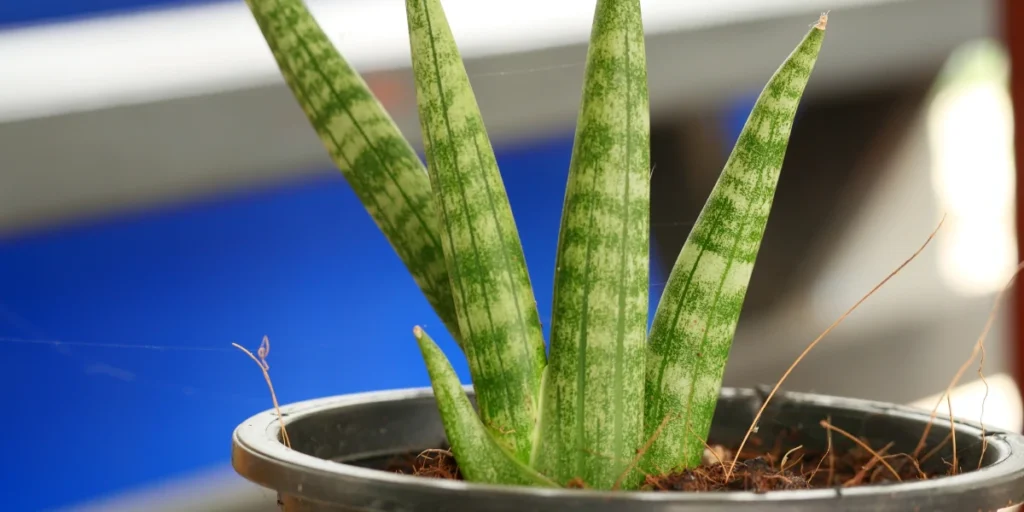
A few standard care procedures will keep your starfish plants looking their best while supporting active growth. Routines like watering, fertilizing and repotting are easy once you get the basics down.
Watering Needs
Water starfish succulents whenever the top few inches of soil become completely dry. Then drench the pot well, allowing excess to drain fully from the drainage holes. Repeat this soak-and-dry pattern based on your conditions and pot size.
Reduce watering frequency in winter during dormancy. Let soil dry out longer between waterings, but don’t allow roots to completely desiccate. Learn your plant’s signs of thirst. Soft, wrinkled leaves indicate needing water.
Fertilizer Requirements
During the active growing season from spring-fall, feed monthly with a balanced liquid fertilizer diluted by half strength. Any all-purpose houseplant formula works fine. Stop feeding over winter.
These plants are adapted to nutrient-poor soil and don’t need heavy feeding. But occasional fertilizer in the growing season provides a helpful boost for plant processes.
How Often to Repot
Repot young actively growing starfish sansevieria every 2-3 years in early spring before the growing period begins. Move them into the next sized pot with fresh soil mix. Add just an inch wider each time.
Mature plants may only need repotting every 4-5 years. Slip plants from old pots, loosen roots and transplant into same size or one size bigger container. Keep soil mix consistent as described above.
Controlling Pests & Diseases
These succulents have good natural pest and disease resistance. Provide suitable growing conditions and employ preventative measures:
- Allow soil to dry adequately between waterings
- Apply horticultural oil to prevent mites and scale
- Use insecticidal soap spray for mealybugs
- Remove dead leaves/stems to prevent rot
- Apply fungicide for leaf spot/rust if issue occurs
- Treat immediately at first signs of infection
With proper care, you should not encounter many problems. Maintain plant health through balanced water, light and nutrition.
Check out How to Grow Peacock Flower here
How to Propagate Starfish Plant
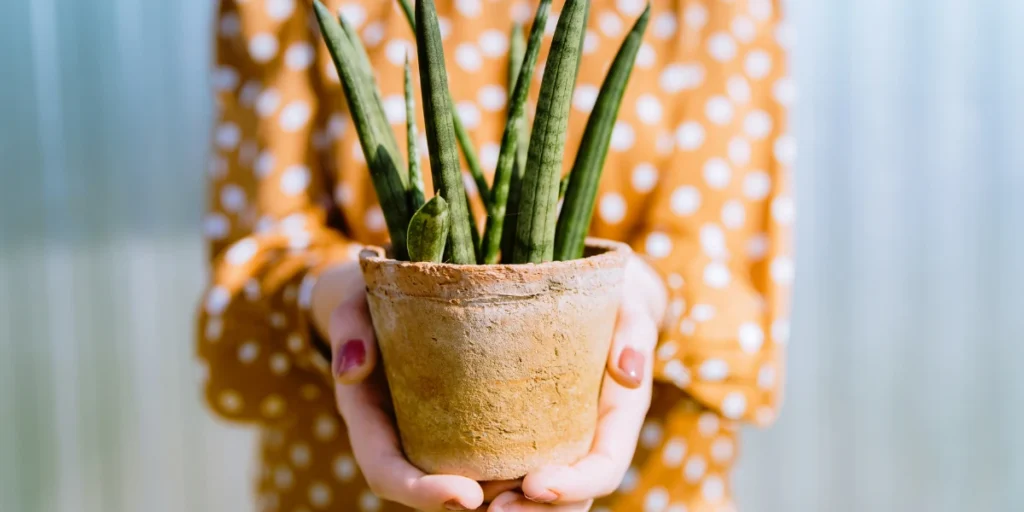
Adding more starfish plants to expand your collection is delightfully easy through propagation. This is done via:
Rooting Stem-Tip Cuttings in Water
Take 5-6 inch tip cuttings in spring. Remove lower leaves except top few pairs. Place cut ends in water-filled jars/vases. Change water weekly. New roots will sprout in about 3 weeks!
Dividing Overgrown Plants
In early spring, uproot mature, overcrowded plants. Gently divide into smaller sections using a sharp knife/pruning shears, ensuring some roots attached per clump. Replant divisions into pots using fresh cactus/succulent mix. Water well until reestablished.
Learn how to care for Snake Plants here
Getting Starfish Plants to Bloom
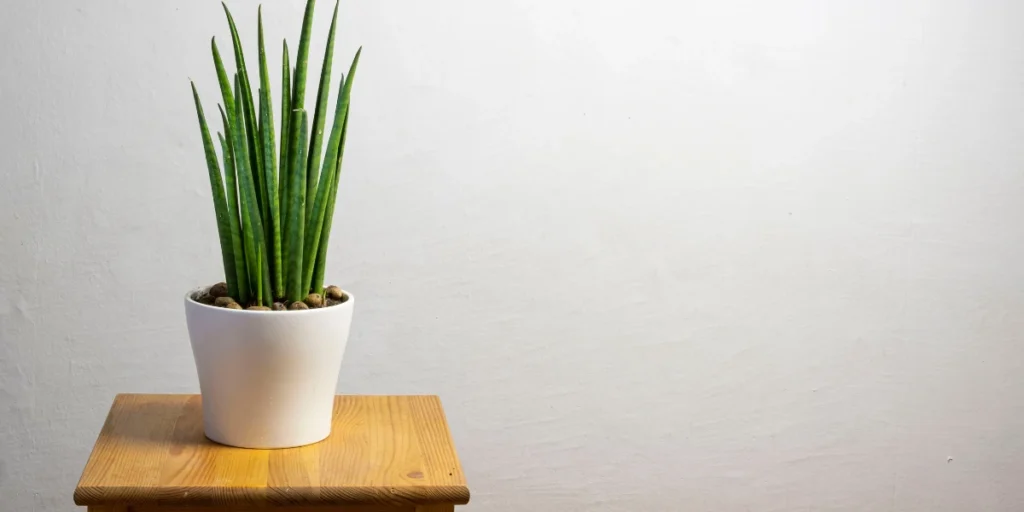
One of the most exciting aspects of growing this unique succulent is seeing its intriguing flowers emerge for the first time. Here is what to expect with your starfish plant:
Mature plants (3+ years old) will send up flower spikes in summer, each bearing clusters of dainty white blooms tinged with pink. The waxy star-shaped flowers are small but abundant, lasting about a week before fading. If kept healthy and happy, starfish plants may bloom annually.
No special care is needed to coax these plants into flowering – just meet their basic growth needs described above. However, provide very diluted bloom booster fertilizer monthly in spring and summer to encourage prolific flowering. Stop feeding by late summer so plants can harden off before winter dormancy.
Outdoor Growth
Once night temperatures stay above 50°F (10°C), starfish plants can be moved outdoors for putting their sculptural shapes on display in garden beds, borders or containers. Select a site with partial shade or dappled sunlight. Plant in well-drained soil, spacing plants 12-18 inches apart.
Prepare new outdoor transplants by gradually acclimating or “hardening off” plants over 7-10 days. Start by placing them outdoors in filtered light for just an hour or two, then gradually increase time outside over a week before leaving out overnight. This helps avoid transplant shock.
Outdoor starfish plants require similar care to indoor but generally less watering. Allow soil to partly dry out between soakings. Apply supplemental water during hot, dry periods but avoid keeping soil perpetually soggy. Fertilize every 6-8 weeks during the growing season. Mulch around plants to retain soil moisture and humidity.
In cooler zones, containerized plants must be brought back indoors before first frost. Careful acclimation over 7-10 days is again necessary when bringing plants back inside for the winter.
Using Starfish Plant in the Landscape

The starfish plant lends a contemporary, sculptural quality with its tightly stacked cylindrical foliage. It works beautifully as an accent or mass planted in borders and beds, rock gardens, xeriscapes and mixed succulent containers. Varied sizes blend nicely with other plants.
Medium height varieties like Boncel fit nicely in small urban yards, edging walkways or softening house foundations and fences with exotic texture. Plant en masse for greater visual impact.
Low carpeting types work well in dish gardens, green roofs, living walls and rockeries. The intricate patterns and resilient nature of sansevieria plants make them ideal for modern landscaping projects.
Taller varieties like sansevieria cylindrica add rich vertical layers in the landscape. Use as striking focal points or thriller elements in containers. Plant in groups of 3-5 for best effect.
Common Problems with Starfish Plants
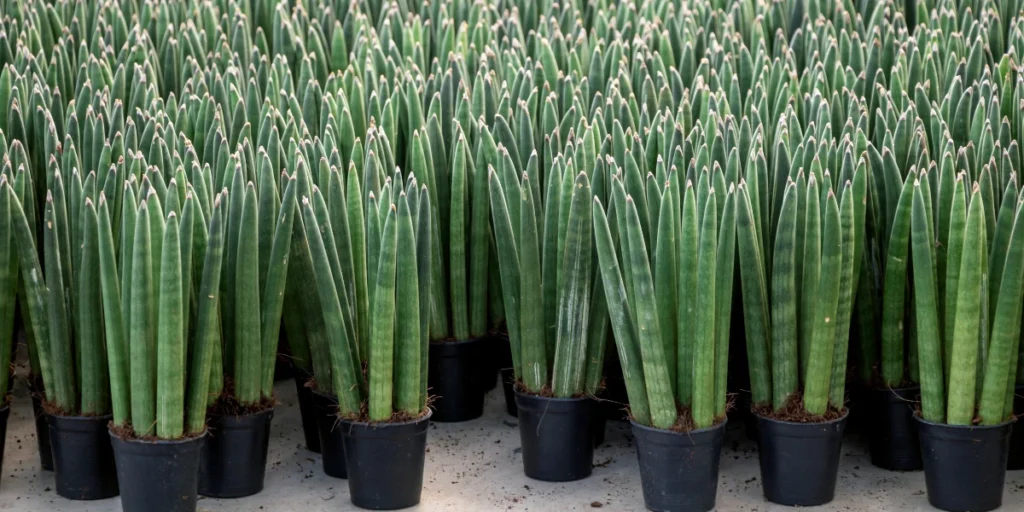
When provided suitable growing conditions, starfish plant care is quite straightforward. However, here are solutions to a few potential issues:
- Brown leaf tips – Usually caused by too much light/heat or irregular watering. Move plant to shadier spot or modify watering routine.
- Yellowing lower leaves – Overwatering or poor drainage; allow soil to dry out between waterings. Repot in fast-draining mix.
- Leaf spots/discoloration – Fungal disease; apply fungicide and increase air circulation.
- Dropping leaves – Low humidity or extremes in temperature; modify growing conditions.
- Slow/no growth – Insufficient light; supplement with grow lights or move to sunnier location.
Conclusion
The starfish succulent plant offers a uniquely eye-catching shape combined with ultra-low maintenance requirements. This beginner-friendly houseplant thrives indoors in containers or outdoors in warm environments across most of India. Provide this easy-care plant adequate sunlight, well-drained soil, occasional watering adjustments and general care for years of sculptural beauty.
Frequently Asked Questions
How often do you water a starfish plant?
Water deeply enough for moisture to penetrate soil whenever the top few inches become completely dry. Allow excess water to drain away fully. Repeat this thorough soak and dry cycle every 2-4 weeks on average depending on conditions. Reduce watering frequency in winter during dormancy.
What soil is best for starfish plant?
A very loose and fast draining potting mix amended with extra perlite, gravel or pumice. Premade cactus & succulent soil mixes also work well. Soil should be slightly acidic to neutral in pH.
Where to place starfish plant?
Starfish plants do best in bright, indirect sunlight indoors near a south or west window. Rotate periodically. Outdoor plants need morning sun or partial shade protected from hot afternoon sun in warmer climates. Bring plants indoors below 50°F (10°C).
How do you care for a starfish plant?
Allow soil to partly dry out between thorough waterings. Feed monthly during season with diluted fertilizer. Situate in bright, indirect light indoors or outdoor filtered sunlight. Average room temperatures between 65-80°F are ideal. Repot every 2-3 years in fast-draining soil.
Should I mist my starfish plant?
Misting doesn’t do much for sansevieria plants in terms of humidity, though an occasional light misting won’t harm them. Just don’t allow moisture to accumulate on leaves. These succulents prefer average humidity around 40-60%. Ensure good air circulation rather than misting.
